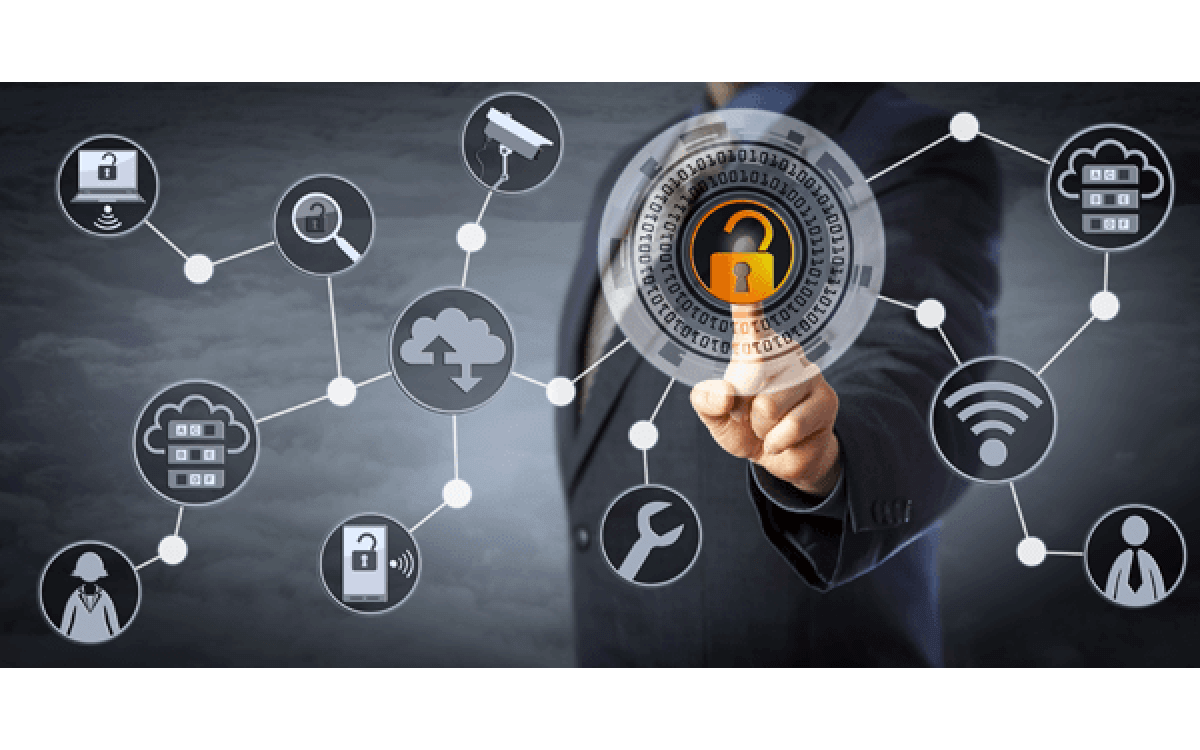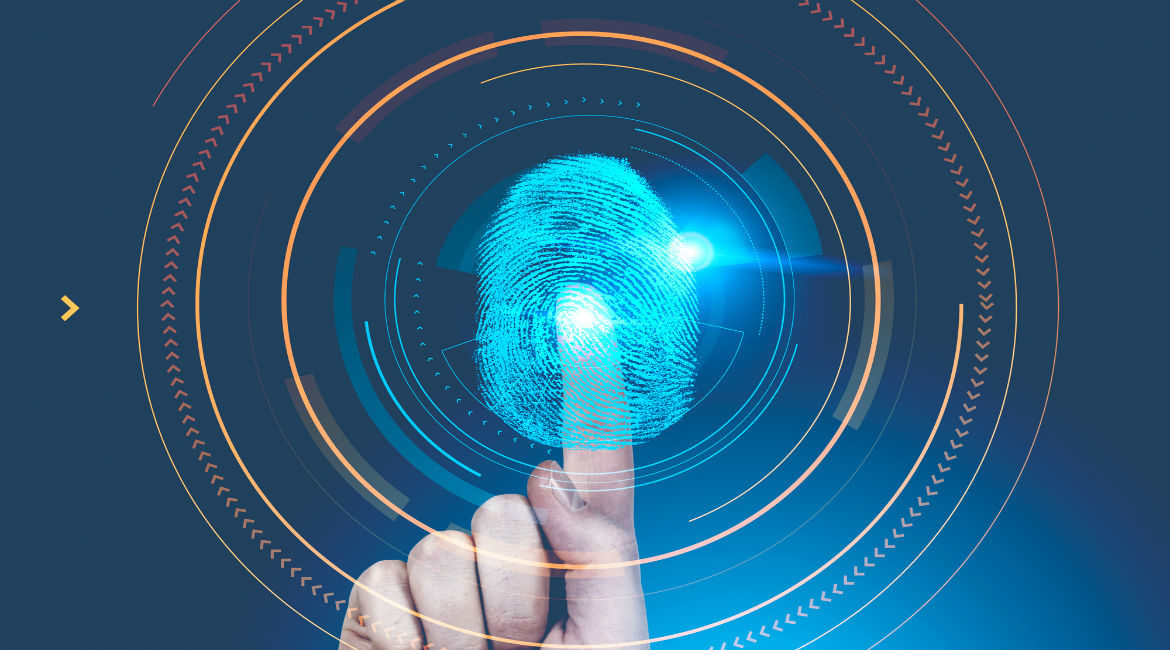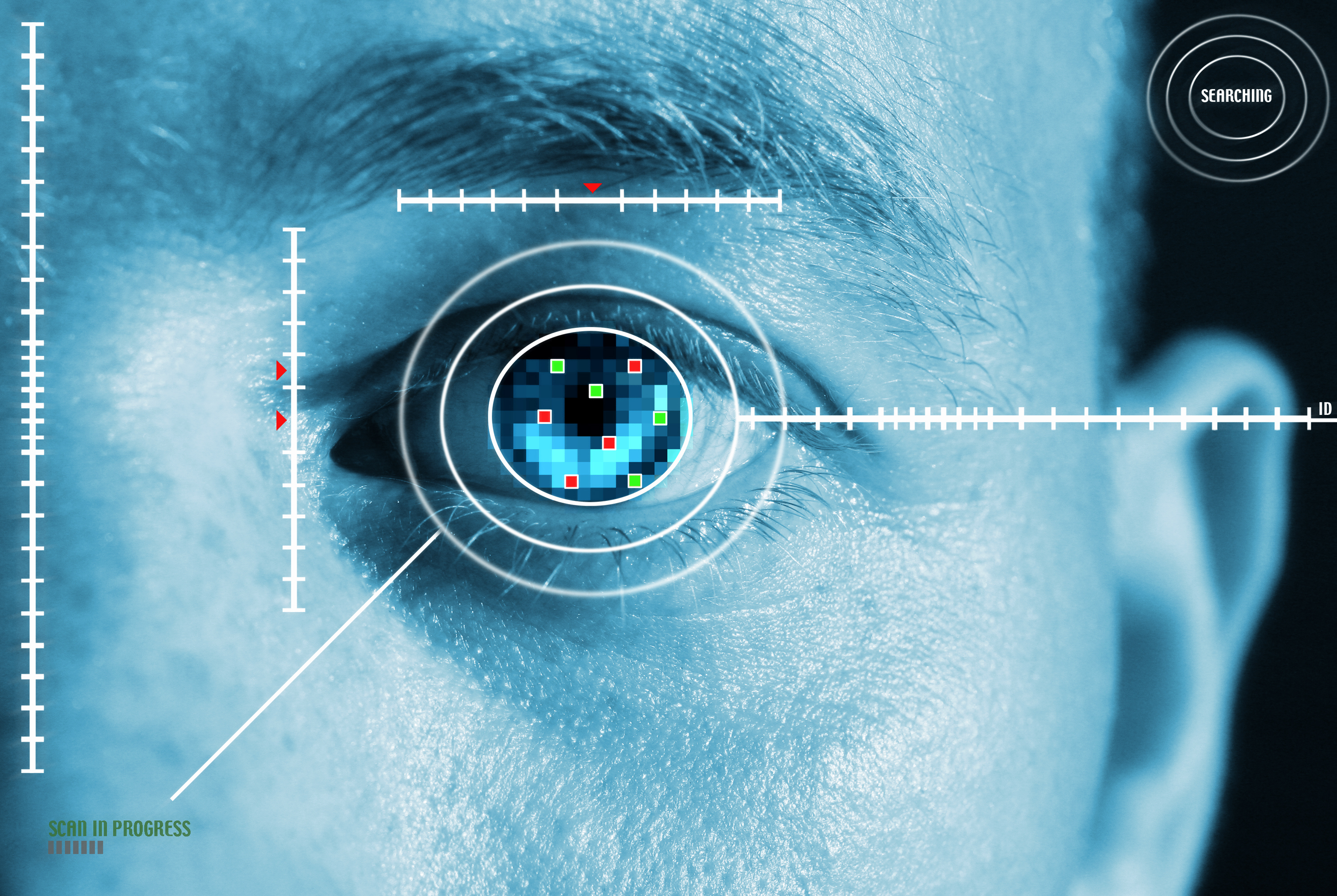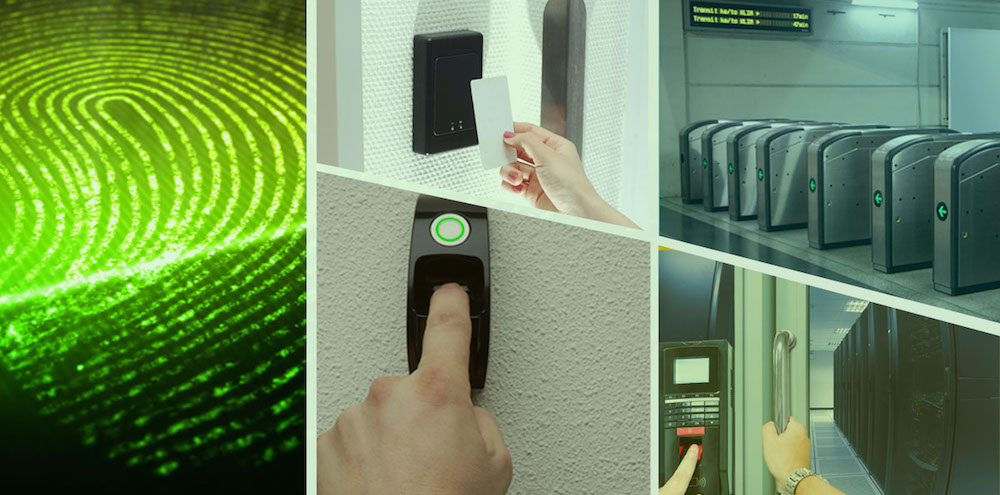You’ve seen it in the movies. A door opened with a fingerprint, a scan of someone’s face (facial recognition), or a scan of their eye (iris scan). These are all examples of a little something called biometric access control. Biometric access control is quickly becoming an integral piece of the security infrastructure and multifactor authentication. It provides fast and simple verification, audit logs and analysis. These systems are proving themselves as critical while the industry continues to become more complex and we should expect even more in the future.
What Exactly Is Biometric Access Control?
Every person is unique and every individual has the ability to be identified by his or her behavioral or intrinsic traits. Biometric technology is able to recognize someone based on their own unique features: facial, fingerprint, iris pattern, etc. and then implement a safe and convenient method for certification purposes.
Biometrics is the statistical analysis and measurement of a person’s behavioral and physical characteristics. Biometrics is a science that is based on specific mathematics. By using measuring procedures in order to make sense of someone’s identity, biometrics a trustworthy mechanism for access control system.

How Does Biometric Security Work in an Access Control System?
Biometric access control systems record biological information from humans. They are equipped with scanners that collect all of the data. Biometrics is the analysis of biological information using technology. This information, typically relates specifically to physical traits that an individual might have.
Essentially, biometric access control is the use of biological data to deny or grant access to the entrance of or area of a facility. What physical traits and biological data are we talking about exactly? Most often, biometric access control looks at unique traits of each individual. This includes retina scans, facial recognition, fingerprints, etc.

How Does Biometric Security Work in an Access Control System?
Biometric access control systems record biological information from humans. They are equipped with scanners that collect all of the data. Biometrics is the analysis of biological information using technology.
This information typically relates specifically to physical traits that an individual might have. Essentially, biometric access control is the use of biological data to deny or grant access to the entrance of or area of a facility.
What physical traits and biological data are we talking about exactly? Most often, biometric access control looks at the unique traits of each individual. This includes retina scans, facial recognition, fingerprints, etc.
What Types of Businesses Most Benefit From Biometric Access Control?
1. Airport Security
2. Time & Attendance
3. Law Enforcement
4. Access Control & Single Sign-on (SSO)
5. Banking (Transaction Authentication)
Why Do These Businesses Benefit Most?
The steady upward growth of biometric technology has been seen over the last few years for many reasons but mainly because personal identification is being considered more and more important.
Anywhere from immigration/border control to criminal identification to attendance and time in workforce management, the uses of biometrics are rapidly growing.
Several businesses consider biometrics to be applicable for government use only, but they are rapidly learning that the application of biometrics can extend much farther than government use only.
How Is Biometric Access Control Used Differently in These Types of Businesses?
Biometric identification management systems offer a higher level of security, accountability, convenience and accurate audit trails which are all characteristics that allow businesses to research and implement the technology for their own use.
Looking to the future, we will see the implementation of biometric technology’s growth and begin to use it in more areas and touch even more lives.

What Are the Specific Types of Biometric Access Control Technologies?
Fingerprint
Fingerprint access control is a great option for companies to put into place since they are difficult to hack. No password or any data is required to be inputted into the system. Rather, fingerprint access control fully utilizes biometric technology. Biometric access control fingerprint readers scan a person and match his or her data with what is previously stored in the database. If the info matches, the individual then can access the secured area or resources.
When fingerprints were first used for a criminal investigation in the early 1900s, they were compared slowly by hand. You’d take a fingerprint from a crime scene and another from the suspect and simply compare them under a magnifying glass. Now, when a computer checks out your fingerprints, there isn’t a little person inside of a magnifying glass sitting inside comparing your fingerprints with all of the hundreds of thousands stored in the database. So, how can a computer compare fingerprints? Each print is analyzed for specific features called minutiae, where the lines in your fingerprint split in two.
The computer measures the distances and angles between them and uses an algorithm to turn the information into a numeric code. Comparing fingerprints is then just a matter of comparing their unique codes. If the codes match, the prints match, and the person gains access.
Retinal
Retinal scanning is one of the most well known biometric technologies, developed in the ‘80s, yet it is also one of the least deployed. Retinal scans map out the most unique patterns of a person’s retina. The blood vessels in the retina absorb light more easily than the surrounding tissues and are easily identified with applicable lighting.
A retinal scan is performed by casting an unperceived beam of infrared, low-energy infrared light into someone’s eye as they look into the scanner’s eyepiece. The light beam then traces a standardized path on the retina. After the scanner device captures a retinal image, the software compiles unique features of the network of retinal blood vessels into a template.
Retinal scan algorithms require a high-quality image and won’t allow a user to enroll or verify until the system is able to capture an image of excellent quality. The retina template generated is usually one of the smallest of any biometric technology.
Facial Recognition
Facial recognition software compares the face presented at the point of access to a database of an authorized person to determine whether there is a match. If there is a match, access will be granted, and if there is no match, access is denied and a security alert could be triggered. Face recognition compares faces and determines whether there is a match between the presented face and the database of authorized people.
In the majority of cases, the software does not store actual facial images in that database. Instead, it converts facial images into a faceprint at the time of enrollment into the database. It’s important to note that the faceprints can’t be reverse-engineered into the original image. Even if the faceprints are stolen or hacked into, they can’t be tied to a specific individual without using the initial software that created those faceprints.

Why Biometric Access Control?
More Accountability
Having knowledge of what your employees are doing while they are on the clock is always a good idea. Biometrics help to improve accountability, especially if you have employees working nights and weekends. With better, more accurate information about every entrance and exit, there is more proof backed by data which is easier to configure, analyze and report.
Keeping an eye on entrances and exits is one thing, however, having even more information is very useful, especially when you want to be sure that your employees, staff, and everyone in the facility are made as safe as possible.
Faster and Easier Identification and Authentication
Using codes and passwords is common but too universal. Essentially, anyone with an access card or code (depending on the type of access control permissions that has been put into place). However, biometric security refers to the biological passcodes that cannot be forged which means authentic identification of the individual.
Facial and iris recognition are becoming more popular and are becoming integrated into the security process. Scanning is simple and quick.
High Efficiency
Companies demand efficient security systems: the best of the best. When biometric security is implemented, it can allow your business to run much more smoothly. Biometric systems enhance security and increase efficiency in order to manage key functions like attendance tracking for payroll.
It is also helpful for employees since they don’t need to worry about carrying a card, key fob, etc.
Convenience
One advantage of a biometric system is convenience. Biometric security gives a layer of security in bypassing the necessity for traditional passwords that allow employees the ease of access to areas and info that they need in order to finish their jobs. The need to reset passwords is eliminated.
After the biometric test is activated, fingerprints, iris, and facial recognition are finished, and employees are all set. It is even convenient to log data and accordingly audit it.
The Best level of Dual-Authentication
Dual authentication in access control security systems is a requirement where a credential holder represents 2x forms of authentication. It can be an RFID card, Mobile Credential (through a smartphone), Key Fob or pin-code as the “1st” credential offered then combined with a retina eye scan, facial recognition or fingerprint validating that the same individual who has access to this specific entry is one and the same.
Dual-Authentication should be used in high-security applications where limiting access to only specific personnel is critical to the business operations.
More Capacity to Accommodate Growth
While companies evolve, it’s essential for security to grow with them. What business doesn’t want to grow? Even if you are a small business owner without a lot of resources, biometric technology can be incredibly beneficial for growth. One large advantage of biometric authentication is the ability to scale. These systems are very flexible and can accept additional employee’s data easily. Scalability becomes a lot easier to manage for all stakeholders involved.
Profitability and Security
After the biometric system is integrated, there becomes no need to invest in any additional capital. This cuts upfront and ongoing investment costs significantly. Systems like these are also crucial in preventing loss due to illegal entries and fraud. That alone saves money while driving profitability.
User Friendly
Biometrics has rapidly become an integral part of security infrastructure and multi factor authentication. It provides quick and simple verification, audit logs, as well as analysis. These systems are proving themselves as critical as the industry continues to scale and gets more complex. Even bigger things should be expected in the years to come.
In conclusion, biometric access control is a fantastic option for facilities that require a level of higher security. The options available are highly technical and incredibly reliable.
